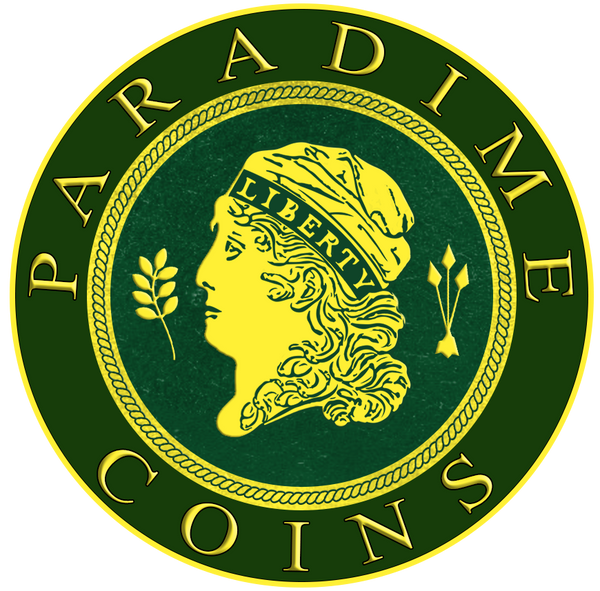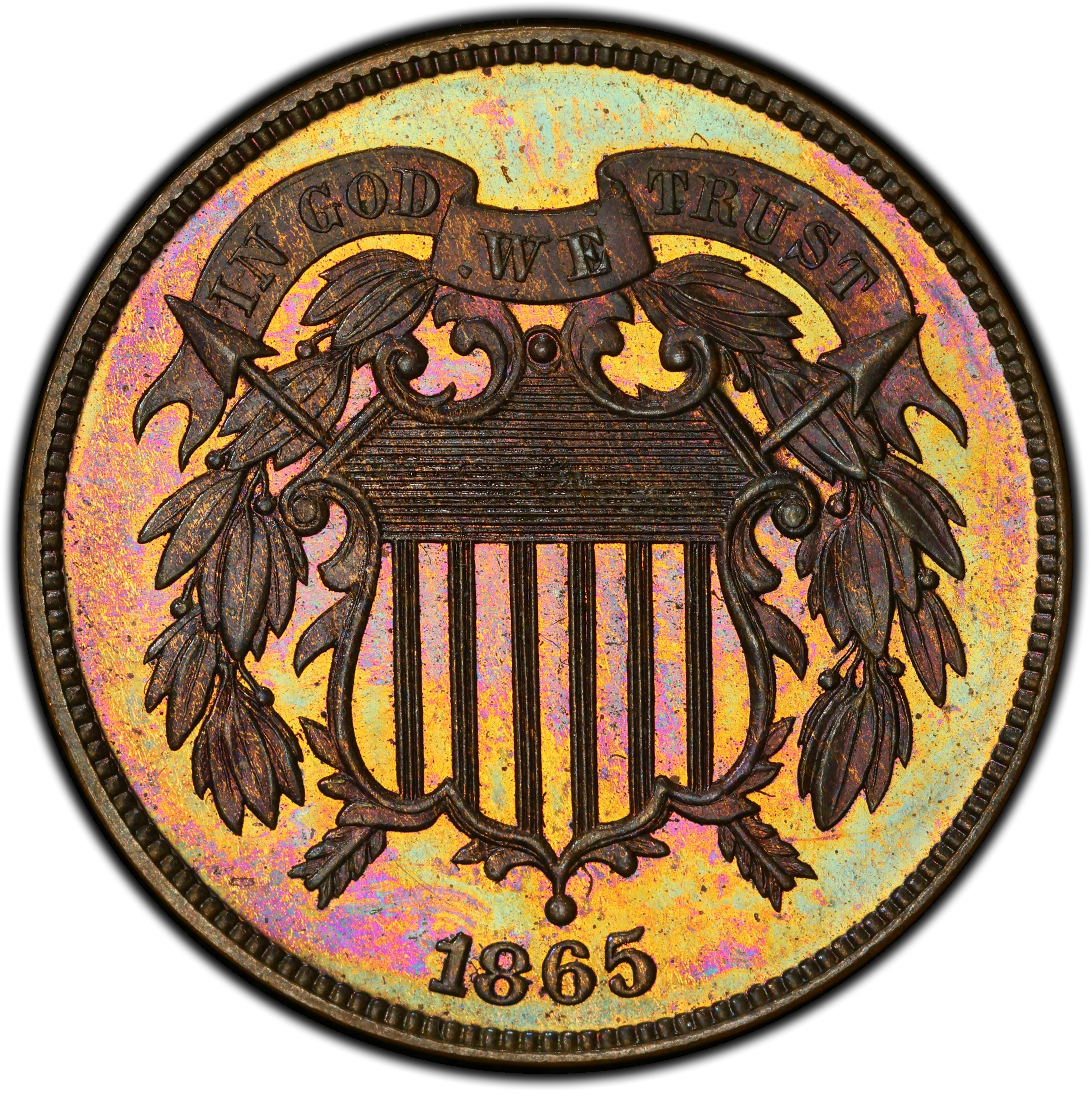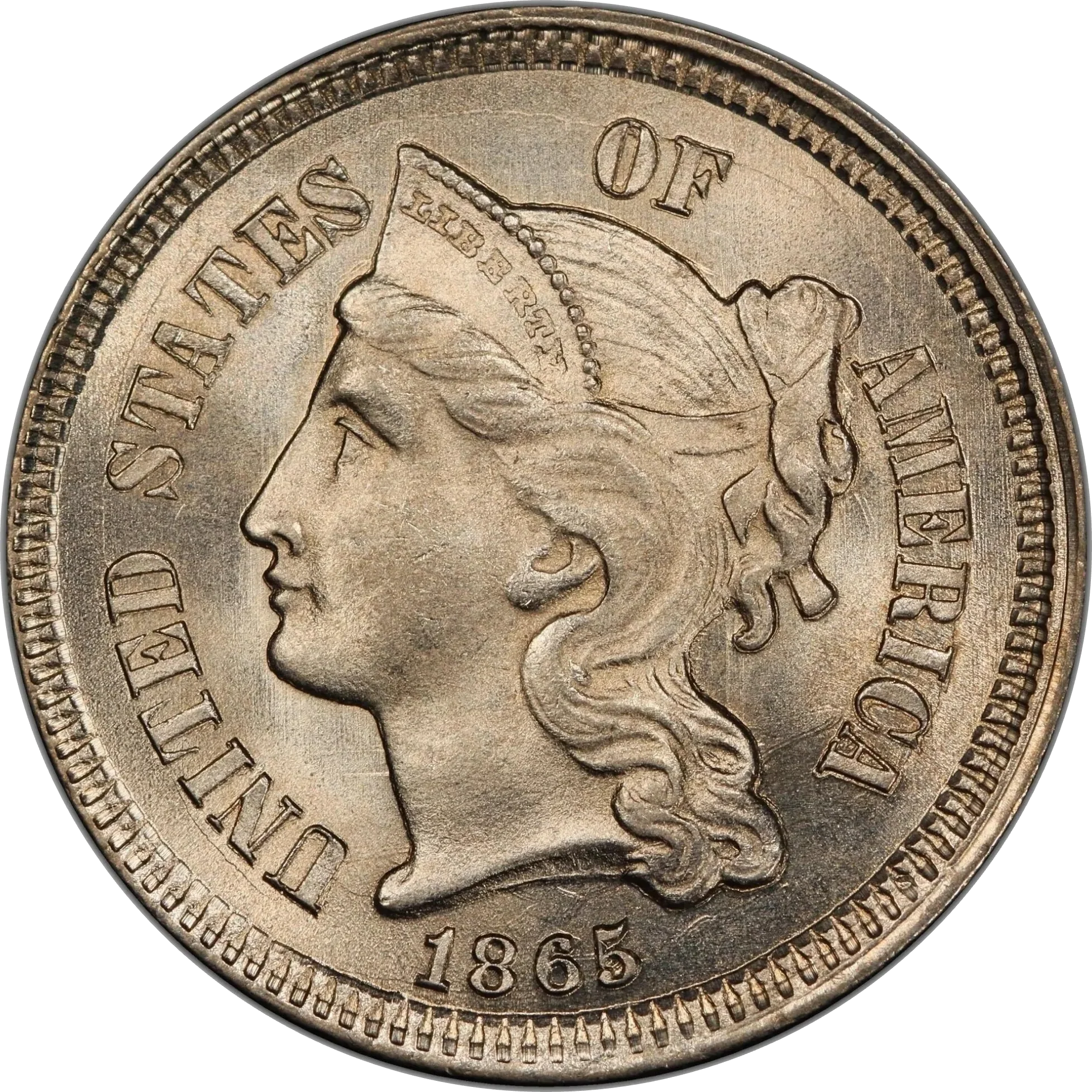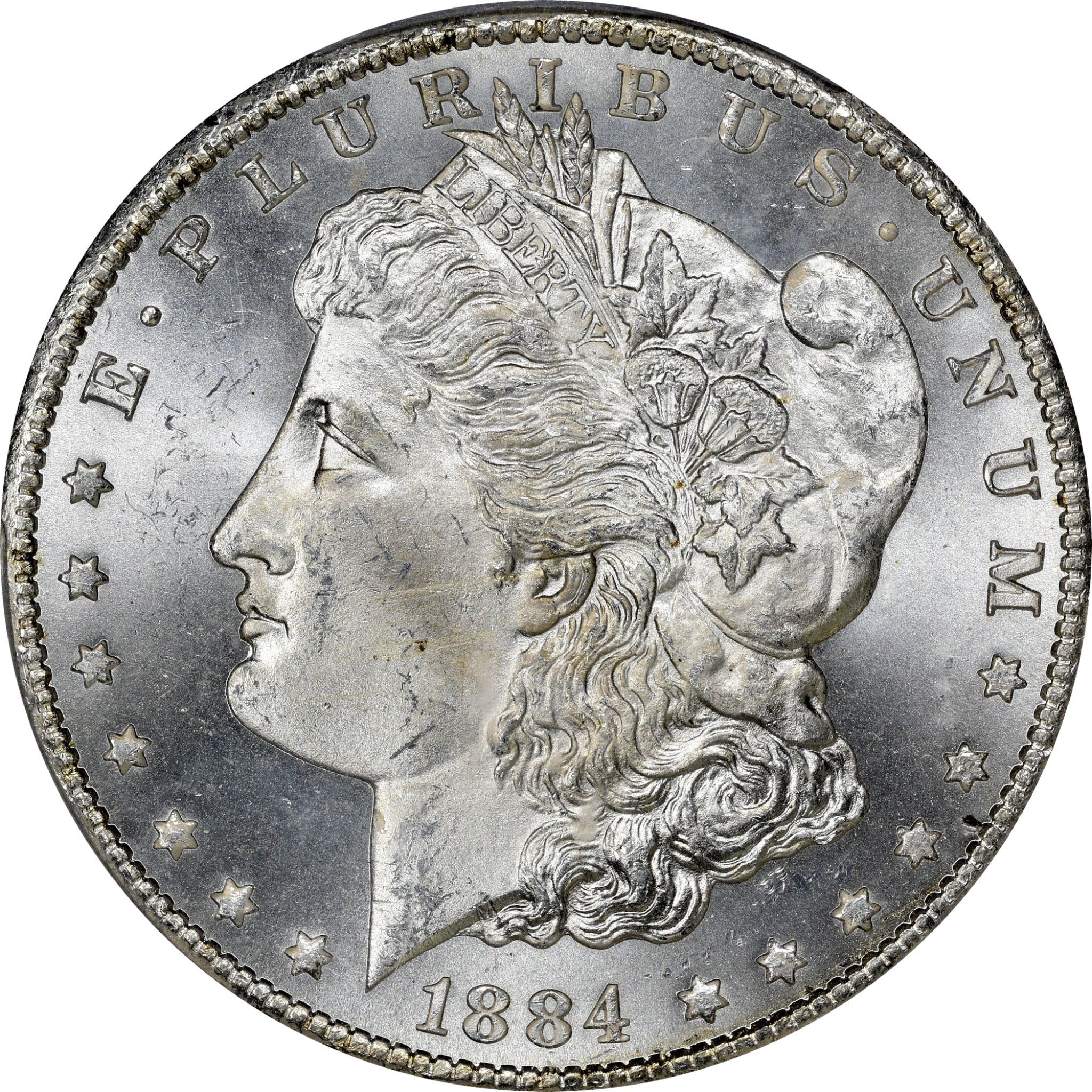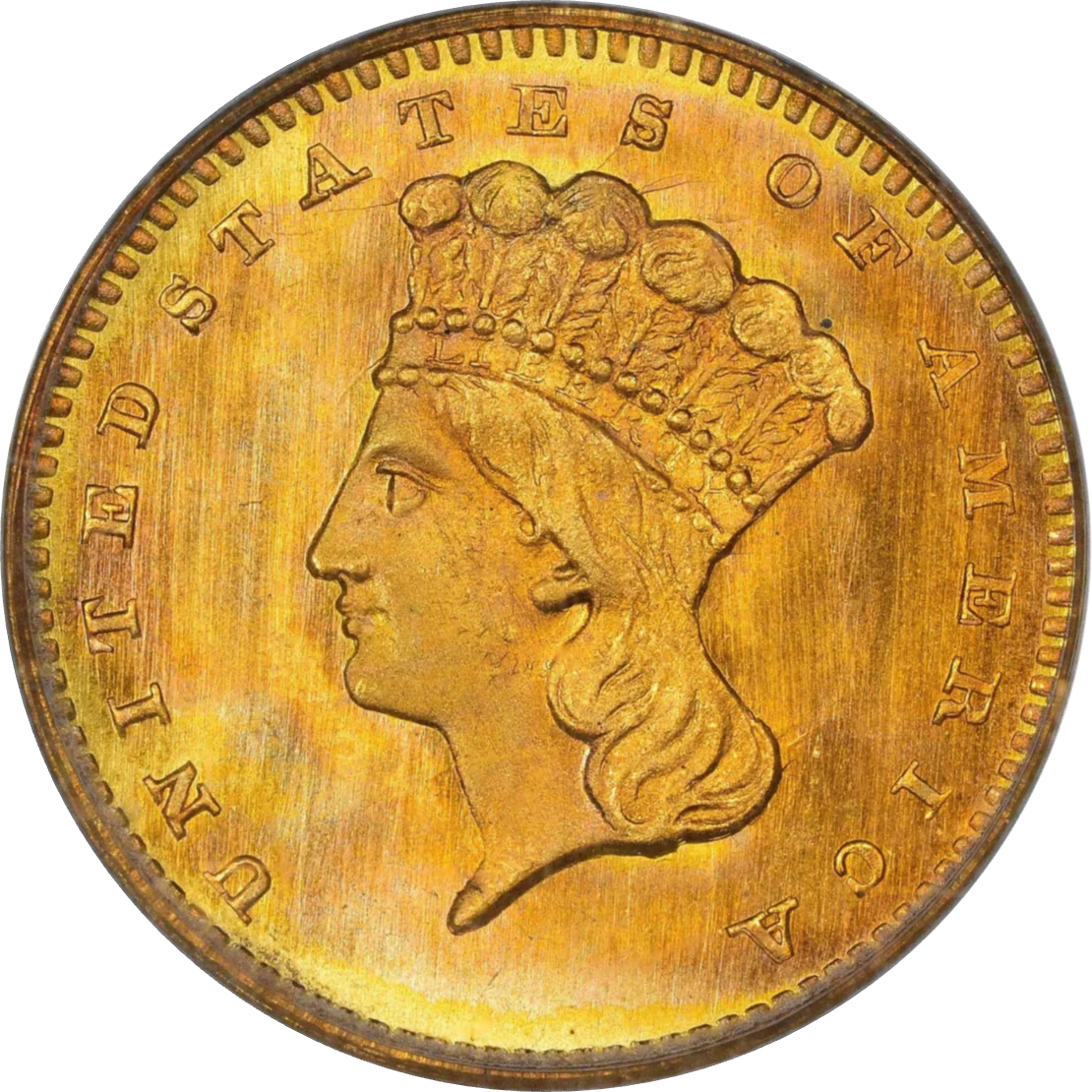Collection: Type 2, Stars Below Eagle
-
1918/7-S 25C XF40 OGH PCGS CAC
Regular price $9,250.00Regular priceUnit price / per
Designed by: Hermon A. MacNeil
Issue Dates: 1917-1930
Composition: 90% silver, 10% copper
Diameter: 23.4 mm
Weight: 6.25 grams (96.45 grains)
Edge: Reeded
Business Strike Mintage: 214,516,400
Proof Mintage: None
Standing Liberty Quarter – Type II (1917–1930) | With Motto | Full Head Eligible | Classic American Design
Read More
Designed by: Hermon A. MacNeil
Issue Dates: 1917-1930
Composition: 90% silver, 10% copper
Diameter: 23.4 mm
Weight: 6.25 grams (96.45 grains)
Edge: Reeded
Business Strike Mintage: 214,516,400
Proof Mintage: None
Standing Liberty Quarter – Type II (1917–1930) | With Motto | Full Head Eligible | Classic American Design
The Standing Liberty Quarter Type II, introduced mid-1917, marked a significant design revision following public outcry over the exposed right breast of Liberty in the original 1916–early 1917 version. Sculptor Hermon A. MacNeilmodified the motif by draping Liberty in chain mail, symbolizing both modesty and national defense. The obverse continues to depict Liberty standing within a recessed gateway, shield in her left hand, and an olive branch extended in her right. The inscription IN GOD WE TRUST remains on the parapet wall, while LIBERTY arcs overhead. In 1925, the date—previously high on the pedestal—was recessed to protect it from premature wear in circulation.
The reverse of the Type II design features a re-centered eagle in flight, now flanked by three stars beneath and five stars on each side, enhancing visual symmetry and patriotic symbolism. This design continued through 1930, with no production in 1922. No Proofs were struck during the series' lifetime.
Collectors will find examples dated 1925–1930 most accessible in Mint State, while earlier issues such as 1921, 1923-S, 1924-D, and particularly 1926-D, are significantly more elusive—especially when sought with the desirable Full Head (FH) designation. Coins earning the FH label from PCGS or FT from NGC require full separation of the three hair curls on Liberty’s head, a well-defined hairline behind the eye, and clear facial detail—all of which elevate value and market appeal.
The 1926-D is especially notorious: despite a relatively high mintage, almost all surviving examples are weakly struck at the head. In contrast, coins from 1917 Type II—especially those struck in Philadelphia—are typically seen with sharp strikes, making them strong candidates for Full Head designation.
This series holds a special place in U.S. coinage history. With its blend of classical art, political symbolism, and Art Deco flair, the Standing Liberty Quarter Type II captures the spirit of post-WWI optimism and the cultural vibrancy of the Roaring Twenties. The series ended in 1930, closing one of the most artistically admired chapters in American numismatics.
... Read Less